Ramses II
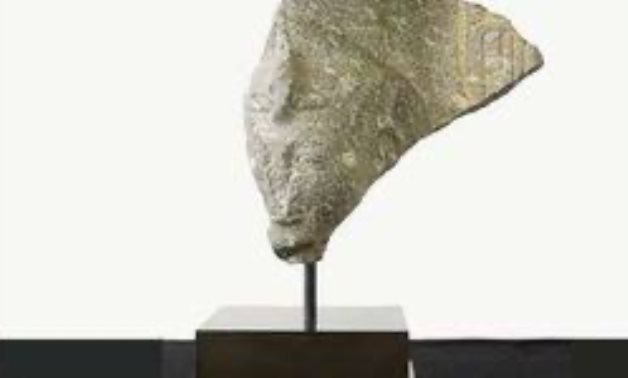
Egypt successfully retrieves a stolen fragment of Ramses II Statue from Switzerland

Why Sun Alignment phenomena didn’t happen on Ramses II statue at Grand Egyptian Museum this year?

People have been gathering to watch sunrays touching the face of the statue of Ramses II, the fourth pharaoh of the Egyptian Nineteenth Dynasty.

The discovery has been described as a "dream discovery" of great significance.

The Egyptian archaeological mission, headed by Ola el-Egeizy, succeeded in discovering a pink granite sarcophagus for Ptah-M-Wia.

The joint Egyptian-German archaeological mission working in Al-Matariya (Heliopolis) succeeded in discovering granite stone blocks from the era of King Khufu in the Temple of the Sun.

Abu Simbel Temples was constructed by the most celebrated Ancient Egyptian king, Ramses II.
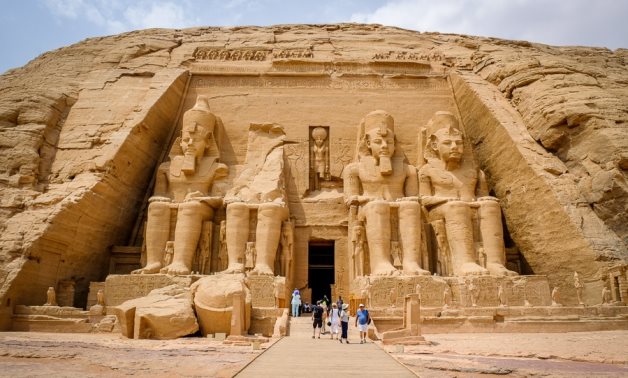
The temple resembles a memorial of King Ramses II him and Queen Nefertari and it commemorates the king's victory in the Battle of Kadesh.

Abu Simbel Temple was constructed by the most celebrated Ancient Egyptian king Ramses II.

During the solar alignment, sun rays enter the temple’s sanctum to light three of four statues.
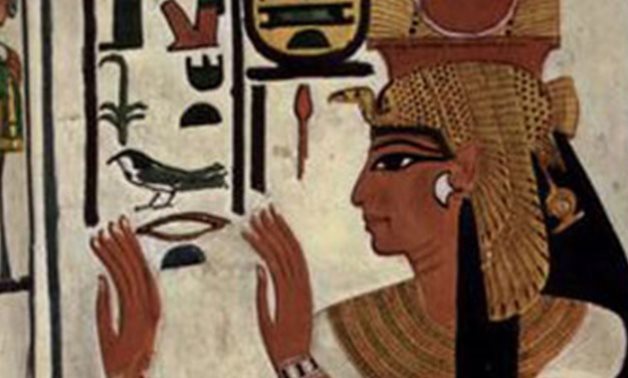
On this day, July 28, 2001, Egypt retrieved the head statue of Nefertari, the wife of Pharaoh Ramses II, and six stolen papyrus scrolls after they were smuggled to Britain during the nineties from a warehouse in Saqqara, south of Cairo.

After the June 30 revolution, the Egyptian state worked to develop the Mit- Rahina area.
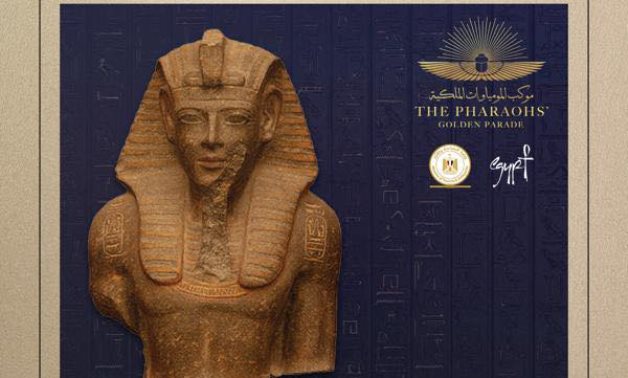
King Merenptah was the son of the Great Ramses II. He spans back to the 19th Dynasty, New Kingdom era.
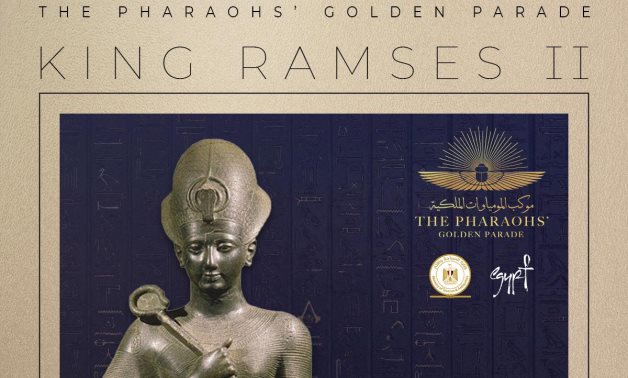
King Ramses II signed the first known peace treaty in history with the Hittites and was remembered as a great warrior.

After the unique solar alignment phenomenon on the sanctum of the iconic Ramses II temple, which takes place on February 22 and October 22 every year, Egypt's Ministry of Tourism & Antiquities and NAV3D present a virtual tour inside this amazing temple.
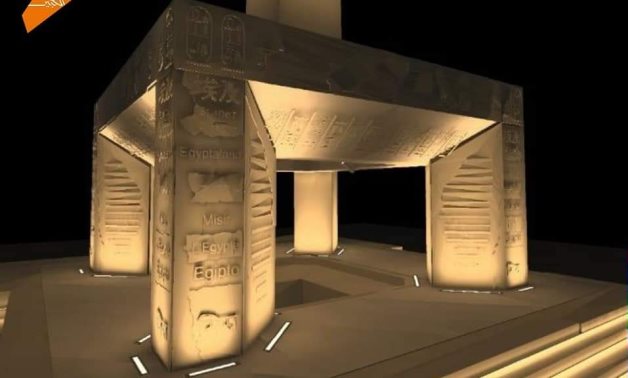
This design is the first of its kind in Egypt and the world. The new design gives the visitor a unique view, as they will stand on a glass plate under their feet, resting on the base of the obelisk.

Archaeological researcher Ahmed Amer said that ancient Egyptians left us with many traces that indicate their superiority in the military field.

The first thing the Grand Egyptian Museum visitors are expected to see is the hanging obelisk of Ramses II, standing tall in front of the main façade of the museum.

The Grand Egyptian Museum is a national project that the whole world is highly anticipating. It is the biggest museum in the world dedicated to one civilization and will house over 50,000 artifacts.

Egypt’s Min. of Tourism & Antiquities Khaled el-Anani and Zurab Pololikashvili, secretary-general of the World Tourism Organization, began their tour on Aug. 23 in Hurghada by visiting Hurghada Museum.